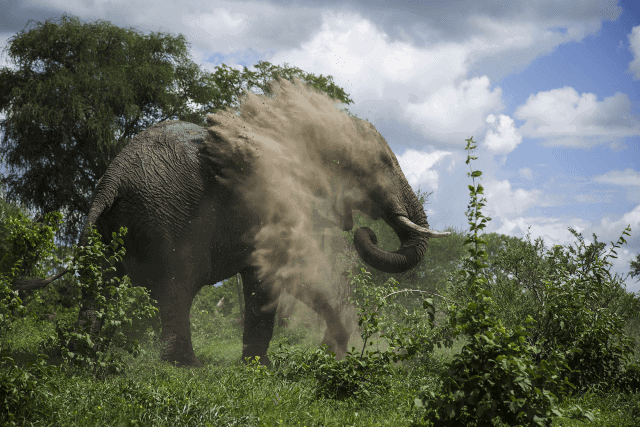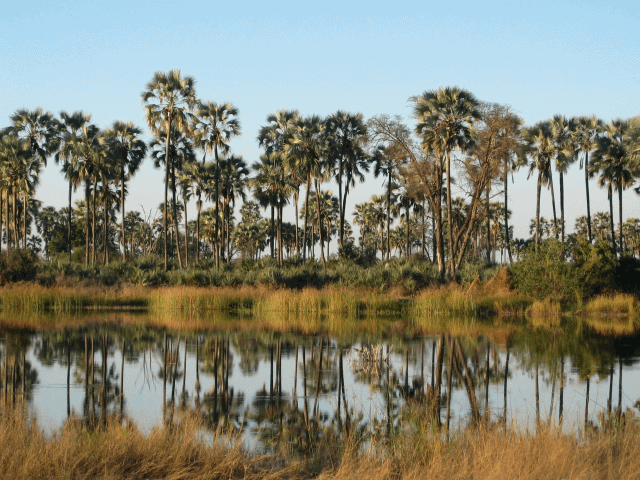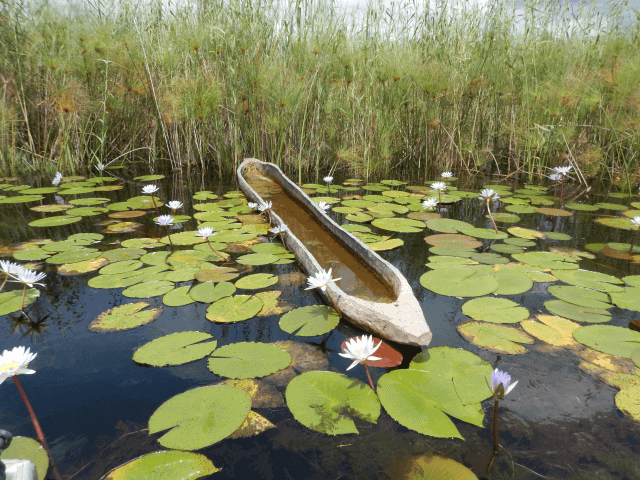Botswana

About Botswana
Botswana is landlocked by South Africa, Namibia and Zimbabwe. The Kalahari Desert forms 70% of Botswana, an area of 900,000 square kilometres.
The name “Kalahari” is considered to be derived from the Tswana word “kgalagadi”, meaning “a water-less place”. With only 3.9 inhabitants per square kilometre, Botswana’s population density is one of the lowest on Earth.
Botswana diverse natural landscape is home to a wide variety of animal and plant life.
People of Botswana
The original inhabitants of Botswana were the San and Khoi peoples. Currently the Tswana make up the majority ethnic group in Botswana (79% of the population) while people of English, German and Indian origin constitute about 3% of the population. While English is the official language, Setswana is widely spoken.


Weather Overview
There is sunshine all year in Botswana, with the winter months (May to August) being the sunniest. This semi-arid country experiences a short rainy season. The colder months are the driest. The relatively high altitude and geographical position result in a subtropical climate. Summer temperatures average around 26℃ (79℉) and winter around 14℃ (57℉).
Attractions
The Okavango Delta
The Okavango River, the country’s only permanent river, flows into a delta that is extremely rich in wildlife. Here you can find the “big five” (elephant, buffalo, lion, rhinoceros and leopard), as well as numerous species of fish and reptiles.
The Makgadikgadi Pans
The Makgadikgadi Pans are composed of several large salt pans situated in the north-east of Botswana. The pans are surrounded by the Kalahari Desert and are some of the biggest salt flats in the world.

